What is a Dyson sphere?
A Dyson sphere is a hypothetical, large mechanical structure – a megastructure – designed to harness the energy of stellar nuclear furnaces. The basic idea is that a structure is constructed around a star which converts, stores or otherwise utilises the star’s radiant energy.
These facilities are postulated as the most likely, necessary and economical way of addressing the colossal energy needs of both future human civilisation and, possibly, advanced alien civilisations elsewhere in the cosmos.
Who theorised them? And when?
The Dyson sphere concept is named after physicist Freeman Dyson (1923-2020) who, in 1960, discussed the idea in a short scientific paper concerning methods of detecting alien civilisations. However, Dyson admitted that he was inspired by the highly-acclaimed science fiction novel Star Maker (1937) by British author Olaf Stapledon.
In Star Maker, Stapledon described “a gauze of light traps” surrounding every star in the Universe, which “focused the escaping solar energy for intelligent use”.
Since then, many scientists have revisited the Dyson sphere concept, usually as part of Search for Extraterrestrial Intelligence (SETI) research.
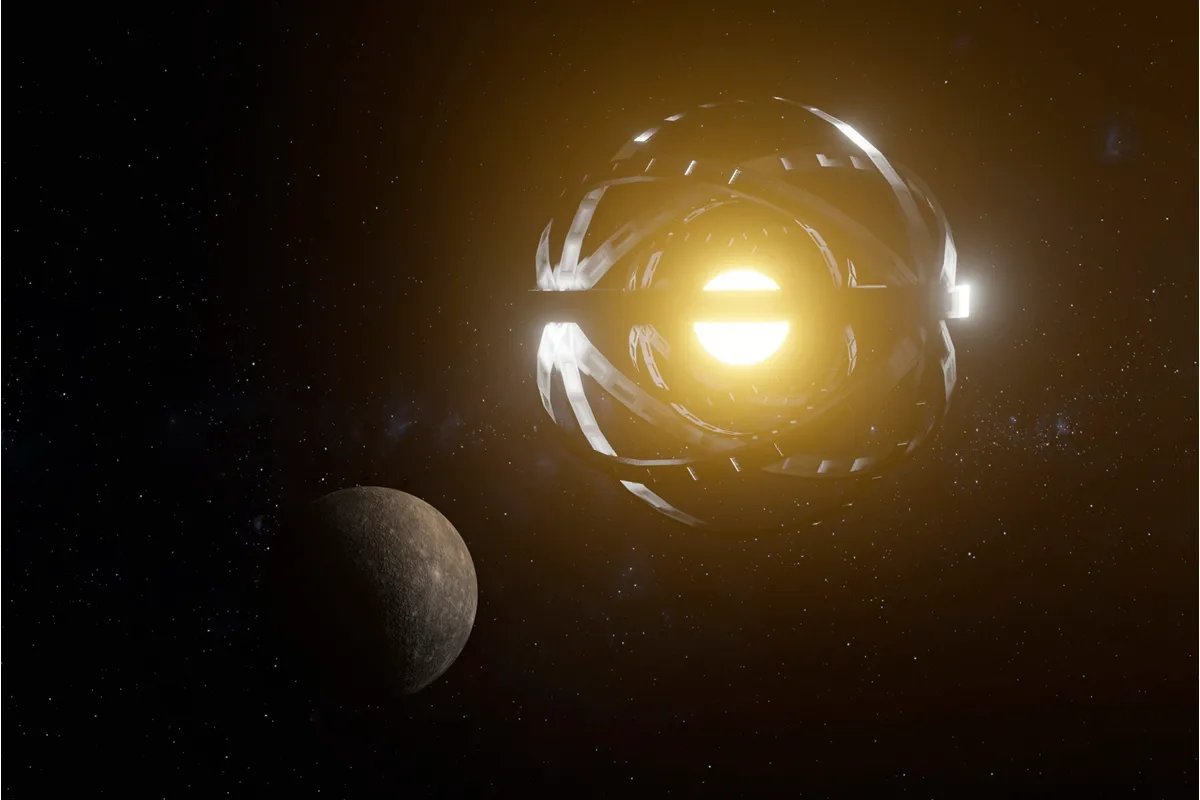
How do Dyson spheres work?
The purpose of a Dyson sphere is to harness the colossal energy released by the host star. We already have the basic technology to do this – in the form of ‘solar cells’. These use a process called the ‘photovoltaic effect’, whereby photons knock electrons out of atoms, thus creating a separation of charge within a material, resulting in an electric current.
Dyson spheres, whatever their form, are likely to use this process for the generation of energy. Some researchers envisage this energy being transferred by some form of wireless technology to the nearby civilisation, probably on a habitable planet in orbit around the host star.
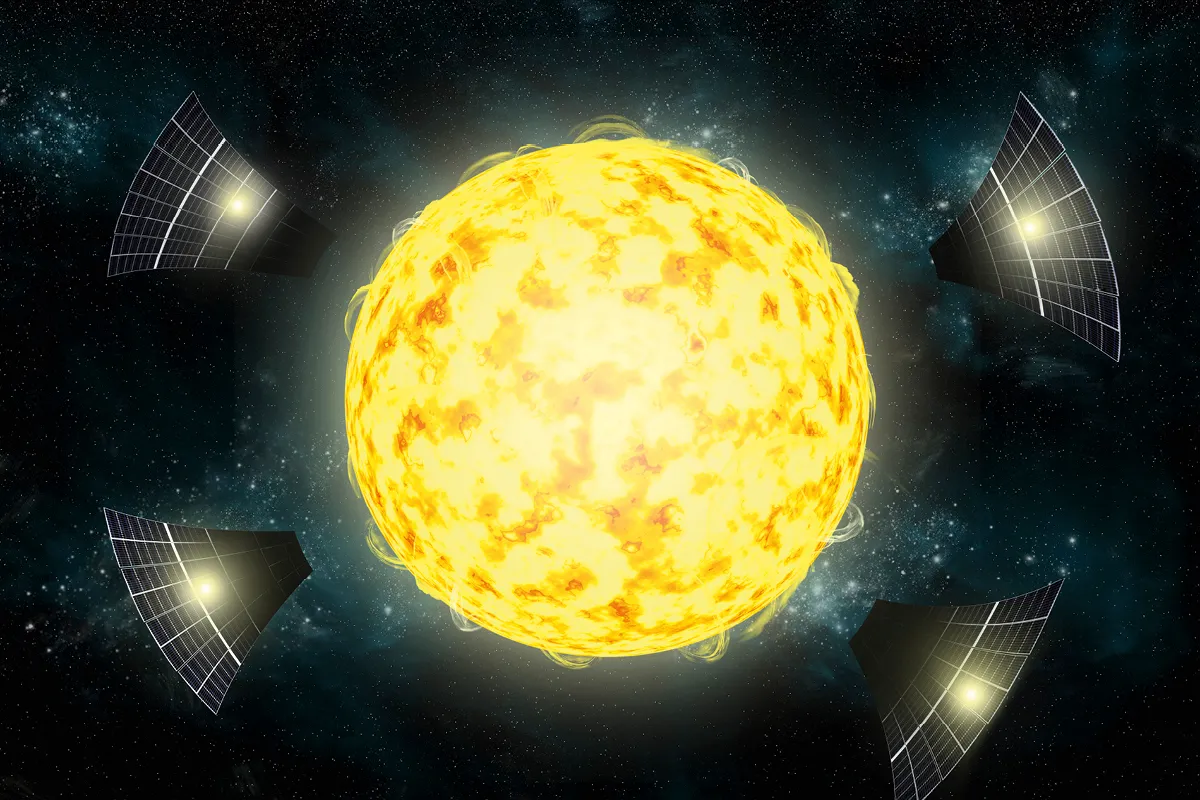
Could Dyson spheres really exist?
There is, as yet, no evidence that Dyson spheres, or anything similar, exist anywhere in the Universe. However, scientists can say something about whether they are ‘allowable’.
Firstly, although such technology is way beyond what is currently possible for Earth-bound intelligence, there are no known insurmountable barriers to their construction. Given enough incentive, resources and technological advancement, Dyson spheres are certainly possible. One researcher estimates that humans could attempt such a feat within the next 100 years or so. Other researchers claim this is wildly optimistic.
Astronomers have actually placed some limits on how many Dyson spheres may be lurking out there in the cosmos. To do this, some assumptions are made about how these structures would affect the emergent starlight of the stars they surround. For example, most designs would block some of their host star’s light, leading to a drop in their optical brightness.
They may also result in waste heat that would be emitted as infrared radiation. By looking carefully for such deficits or excesses in the light of thousands of stars, one estimate suggests up to 10,000 stars could host Dyson spheres within a radius of about 16,000 light-years of Earth (by comparison the distance to the Milky Way’s centre is about 26,000 light-years).
Of course, that doesn’t mean that Dyson spheres do exist, only that they could.
How have Dyson spheres been depicted in science fiction?
Science fiction writers have often envisaged a Dyson sphere as a rigid structure completely enclosing a star, which is not the original idea put forward by Dyson, and which is actually considered the least likely solution. But ring-like structures and satellite swarms have also appeared in fictional universes.
Some notable novels involving Dyson spheres, or similar concepts, include Fritz Leiber’s The Wanderer (1964), Larry Niven’s Ringworld (1970) and Stephen Baxter’s The Time Ships (1995). On TV, Star Trek: The Next Generation featured a Dyson sphere in the episode titled ‘Relics’ (1992).
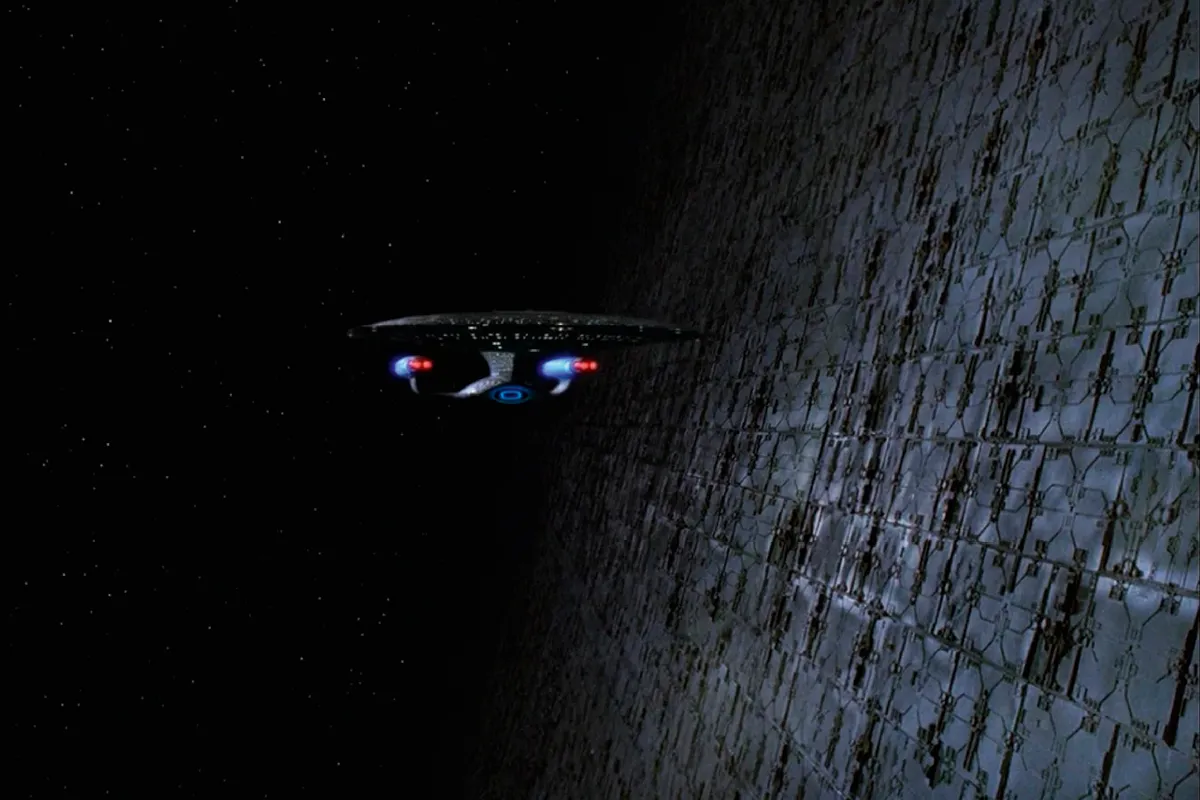
Could they be responsible for ‘strange’ signals from space?
There are many ‘strange’ or unexplained signals coming from space, but currently, none of them are candidates for Dyson spheres.
A few years ago, a star colloquially known as ‘Tabby’s Star’ showed random dips in brightness that were suggestive of a Dyson sphere, but further observations revealed that dust clouds orbiting the star were actually the culprit.
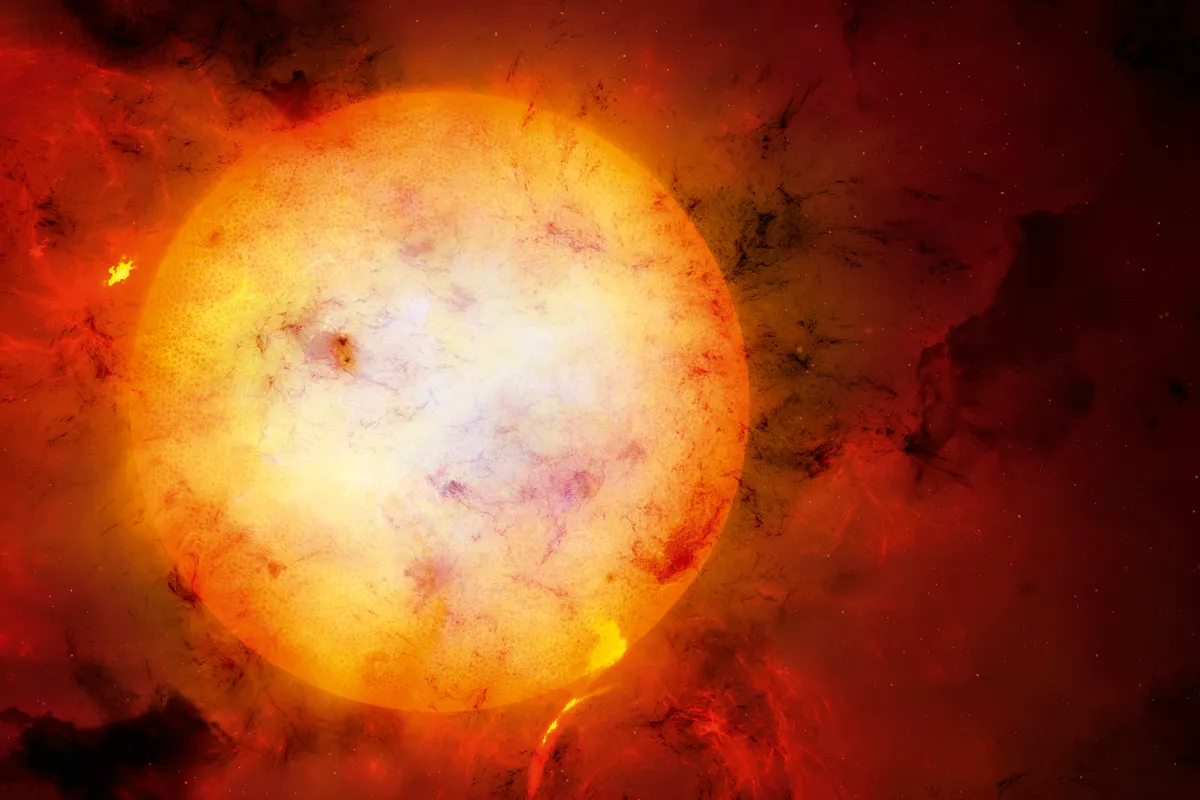
How do you build a Dyson sphere?
One possibility, as the name implies, involves the construction of a spherical framework around a star (usually called a ‘Dyson shell’). To control the effects of the star’s gravity and radiation pressure, such a structure would probably need to be both flexible and have a propulsion system to alter its position. Some researchers suggest, however, that maintaining stability in such spherical structures may not be possible.
Dyson spheres would probably not be spheres at all. Some concepts envisage ring structures, dense swarms of orbiting satellites, or swarms of ‘statites’ (static satellites) that remain motionless with respect to the star (called a Dyson ‘bubble’). Engineers have proposed that these structures could be built remotely by armies of space-borne robots and that the materials for construction can be obtained by dismantling terrestrial planets.
Other more exotic forms of Dyson structures have also been postulated, such as galaxy-sized clouds of ‘smart dust’ that harness the energy of billions of stars.
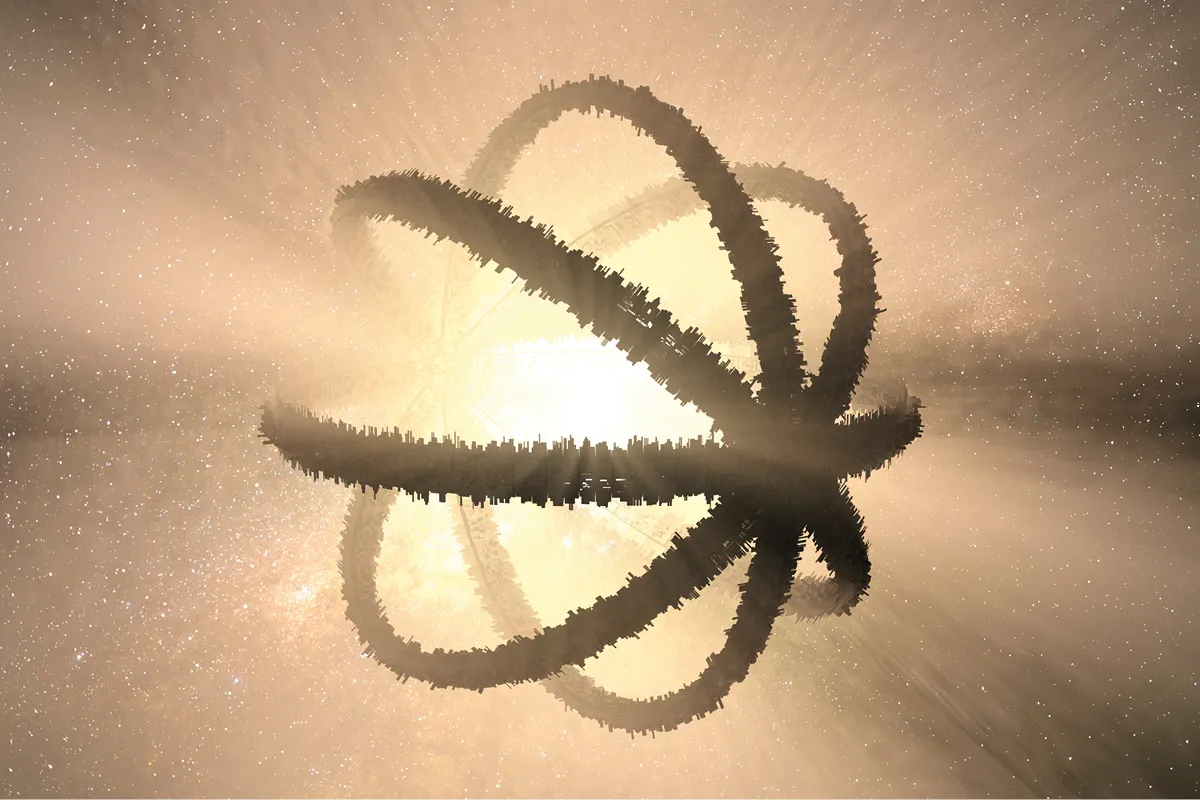
Read more:
- What is Hawking radiation?
- Why does the fusion of hydrogen in stars release energy?
- The life cycle of a star: How will our Solar System end?
- If the Sun is constantly losing mass via nuclear fusion, how come it’s not getting any smaller?
To submit your questions email us at questions@sciencefocus.com (don't forget to include your name and location)
